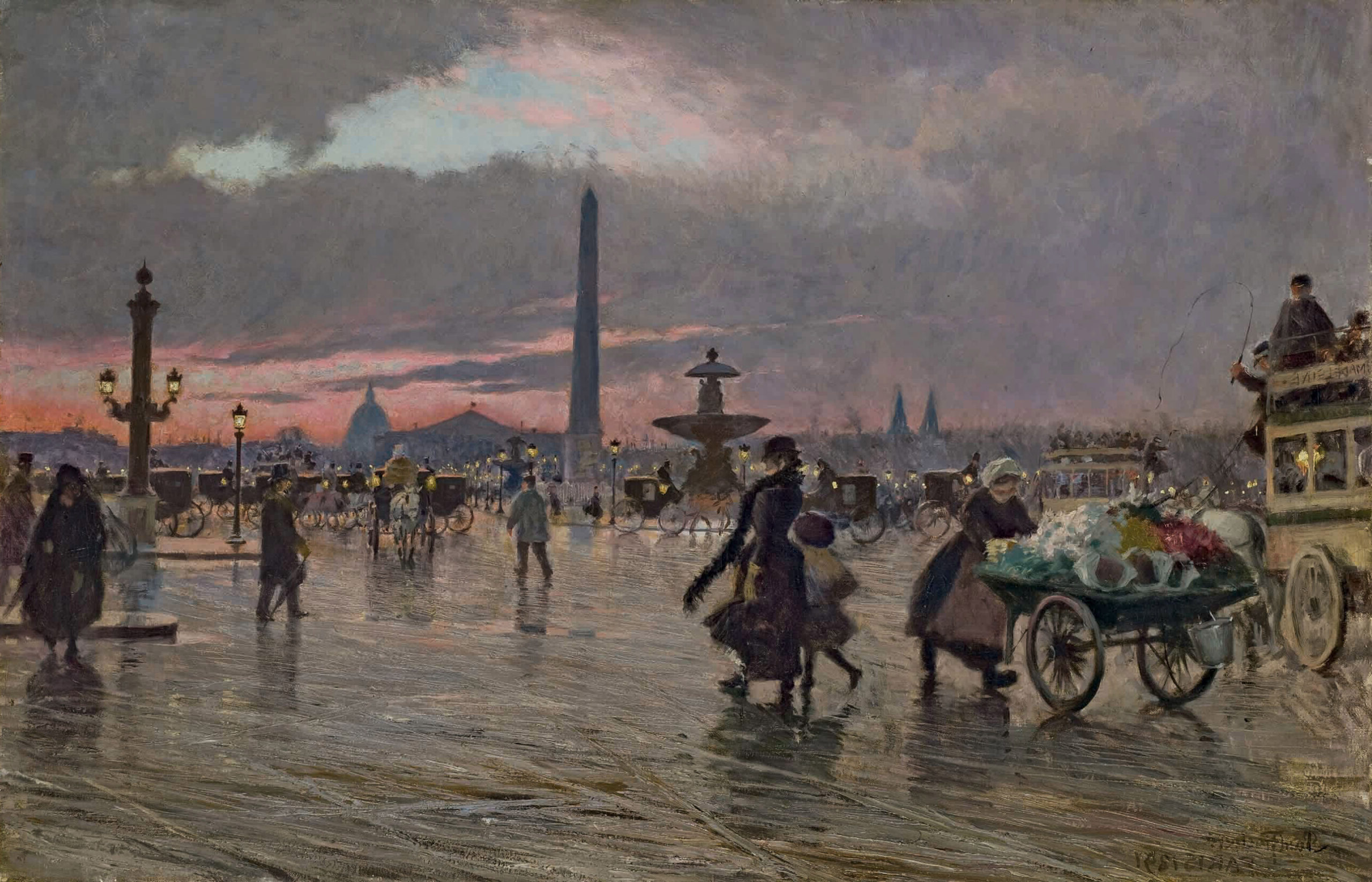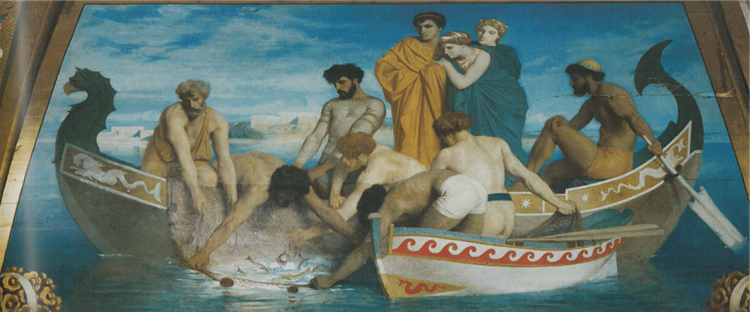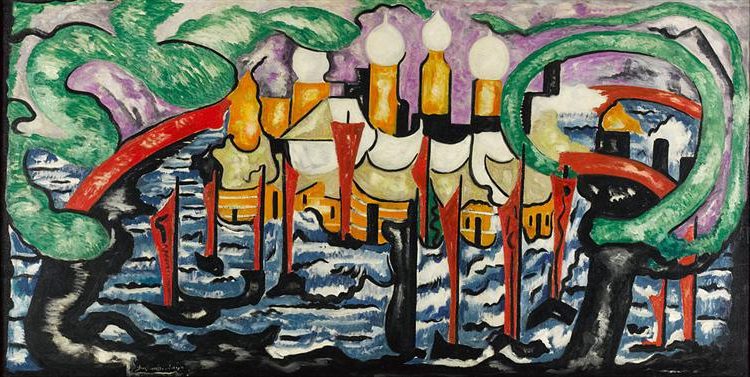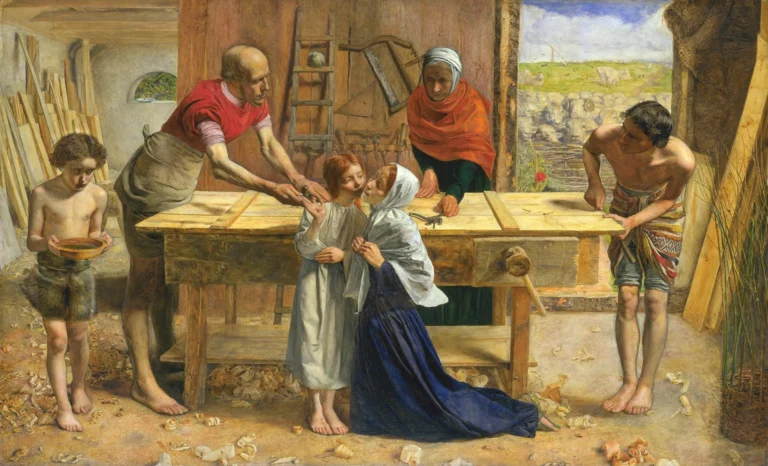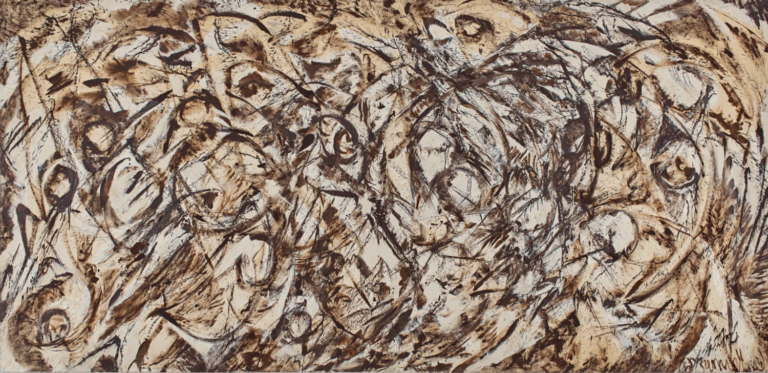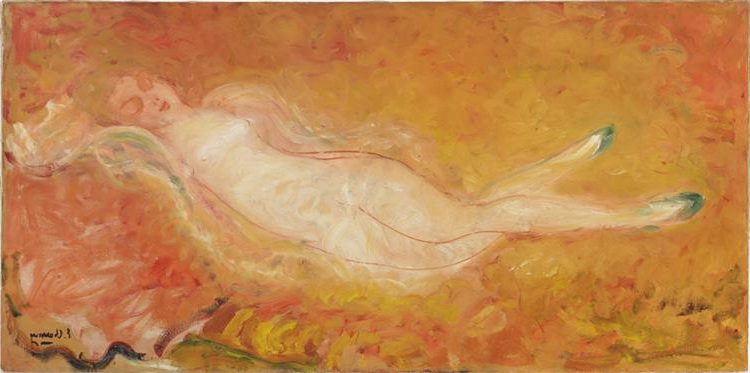Paul Fischer Painter: A Master of Danish Street Scenes and Urban Life
Born: July 22, 1860 Copenhagen, Denmark
Death: January 5, 1934, Gentofte Municipality, Denmark
Mouvement artistique : Naturalisme
Nationalité : Danois
Influenced By: Théophile Steinlen and Henri de Toulouse-Lautrec
Institution: Royal Danish Academy of Art
Paul Fischer Painter: A Master of Danish Street Scenes and Urban Life
Life and Career of Paul Fischer
Paul Gustav Fischer (1860-1934) was a Danish painter known for his vibrant depictions of urban life in Copenhagen. His artistic journey spanned several decades. During this time, he developed a distinctive style capturing everyday scenes with remarkable attention to detail.
Petite enfance et éducation
Born on July 22, 1860, in Copenhagen, Denmark, Paul Gustav Fischer showed artistic talent from an early age. He came from a family with artistic connections, which helped nurture his creative abilities. Fischer did not receive formal training at the Royal Danish Academy of Art like many of his contemporaries.

In Thoughts, 1912, by Paul Fischer
Instead, he developed his skills through practice and observation. This unconventional path allowed him to form a unique artistic perspective unburdened by academic traditions.
Fischer’s early works focused on city life in Copenhagen, a theme that would become central to his artistic identity. His self-taught approach gave his paintings a fresh quality that resonated with viewers.
Influences et contemporains
Fischer’s style was influenced by the Impressionist movement sweeping through Europe during his formative years. His work shares similarities with Henri de Toulouse-Lautrec in capturing lively urban scenes and everyday people.
Within Scandinavia, Fischer’s work can be compared to Swedish artist Carl Larsson, though Fischer focused more on urban rather than domestic scenes. Both artists excelled at depicting the cultural life of their respective countries.
Fischer traveled throughout Europe, particularly Paris, absorbing artistic innovations and techniques. These journeys broadened his perspective while allowing him to maintain his distinctly Danish sensibility.
His contemporaries included other Danish painters documenting life during a period of rapid modernization and social change.
Principaux travaux et réalisations
Fischer’s most celebrated works capture Copenhagen street scenes, particularly around Kongens Nytorv and Rådhuspladsen. His 1925 painting “Kongens Fødselsdag” (The King’s Birthday) exemplifies his skill at depicting crowds and celebrations.
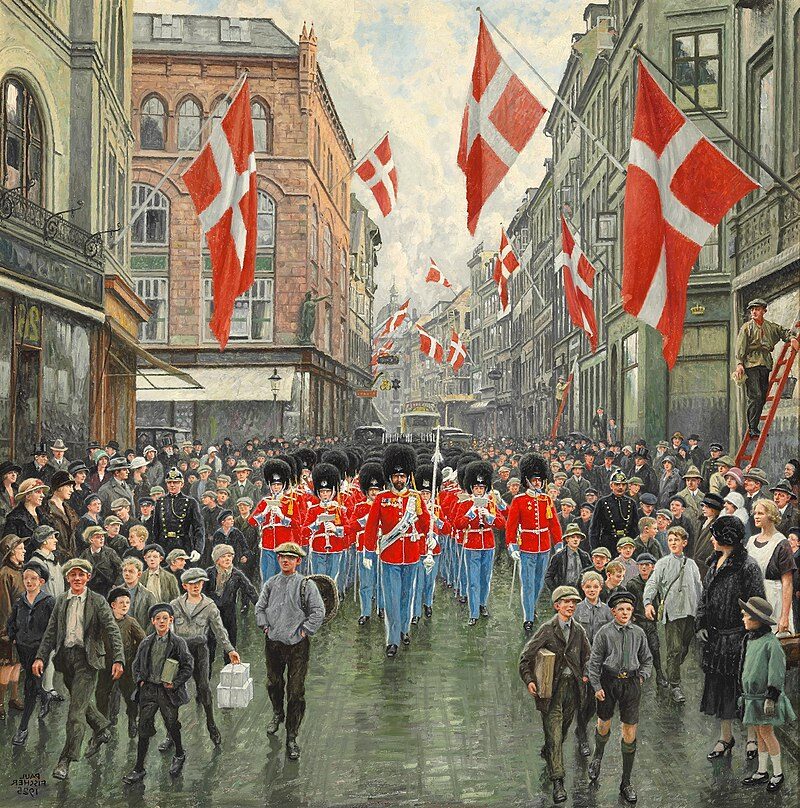

His paintings document Copenhagen during a transformative period, showing horse-drawn carriages alongside early automobiles and changing fashion trends. This makes his work historically valuable beyond its artistic merit.
Fischer married Martha Vilhelmine Jensen and painted several portraits of her. His self-portrait from 1909 demonstrates his technical skill and provides insight into how he viewed himself as an artist.
Fischer’s works appear in major Danish museums and private collections. His paintings provide a vivid window into Danish urban life during the late 19th and early 20th centuries.
Style artistique et techniques
Paul Gustav Fischer developed a distinctive artistic approach characterized by naturalistic style, vibrant light effects, and elegant compositions. His technical skills and thematic choices reflected both his formal training and personal fascination with the evolving urban landscape of Copenhagen during the late 19th and early 20th centuries.
Painting Methods and Mediums
Fischer primarily worked with oil on canvas, demonstrating remarkable control over this traditional medium. His brushwork varied from precise detail in architectural elements to more impressionistic handling in background scenes. This versatility allowed him to capture both the solidity of buildings and the ephemeral qualities of light and atmosphere.
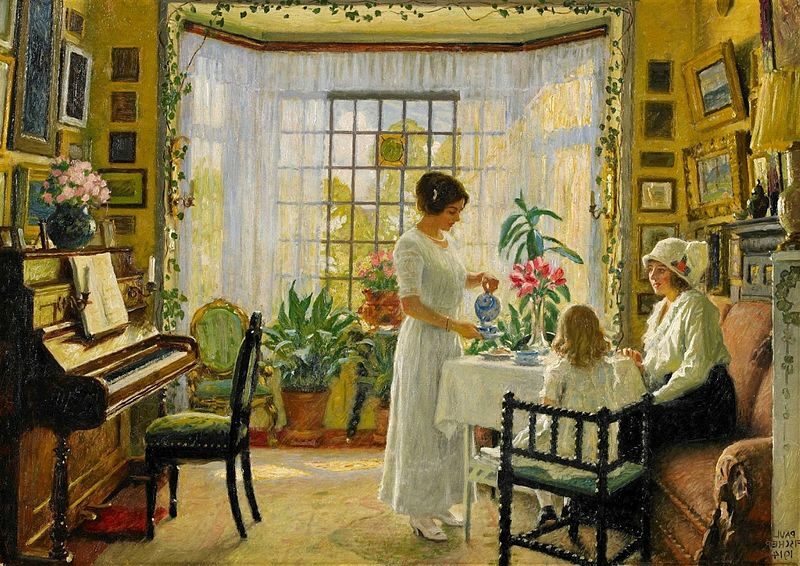
Interieur (1914), by Paul Fischer
He frequently employed a bright palette, particularly evident in his outdoor scenes where sunlight plays across urban settings. Fischer’s technique for rendering light was sophisticated yet approachable, creating a sense of warmth and immediacy in his paintings.
His preparation methods typically included preliminary sketches before moving to the final canvas. This methodical approach helped Fischer maintain compositional balance while still conveying spontaneity in his street scenes and portraits.
Thèmes et sujets
Fischer’s body of work encompasses several recurring themes, with urban life dominating his artistic output. His paintings often featured elegant women in fashionable attire navigating city streets, capturing both the figures and their social context.
Beyond cityscapes, Fischer painted portraits, landscapes, and occasionally nude studies. His portraits demonstrated keen psychological insight, while his landscapes revealed a sensitivity to natural environments, particularly coastal scenes.
Fischer’s paintings of Tivoli Gardens and other Copenhagen landmarks show his interest in leisure and entertainment in modern urban settings. He was particularly adept at depicting crowds and social gatherings, conveying both individual character and collective energy.
His work provides valuable documentation of fashion, architecture, and social customs during a transformative period in Danish history.
Urban Life and Cityscapes
Copenhagen formed the heart of Fischer’s artistic vision. His city scenes captured the capital’s streets, squares, and harbors with remarkable accuracy and atmosphere. He had a particular talent for depicting the interaction between people and urban spaces.
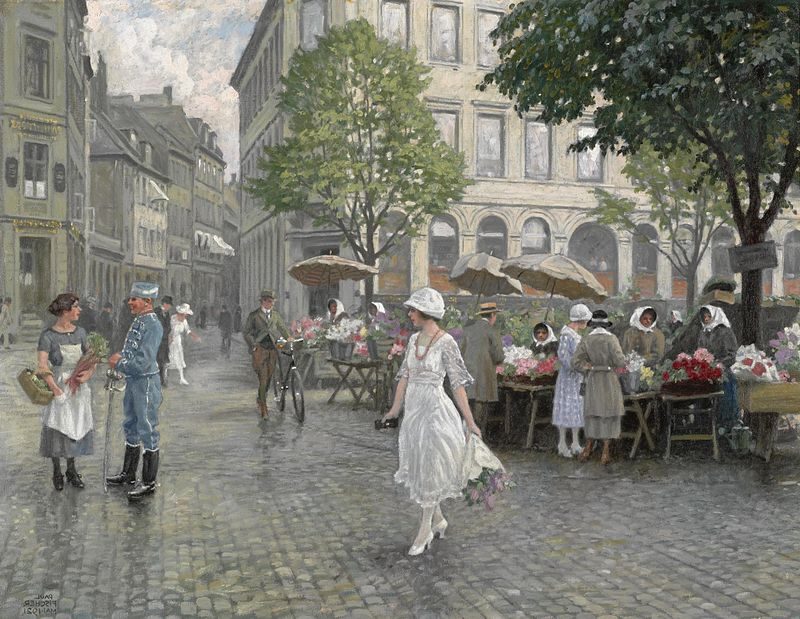
Højbro Plads, København, 1921, by Paul Fischer
Fischer painted in all seasons, with winter scenes among his most admired works. His snow-covered cityscapes demonstrate technical mastery in rendering light reflecting off snow and the subtle color variations in seemingly monochromatic settings.
The artist’s attention to architectural detail was balanced by his interest in human activity. His paintings frequently show pedestrians, horse-drawn carriages, and later, automobiles navigating the changing cityscape.
Fischer’s urban paintings balance documentary value with artistic interpretation. While topographically accurate, his scenes possess a theatrical quality, often bathed in golden light that enhances their aesthetic appeal and emotional resonance.
Héritage et influence
Paul Gustav Fischer’s artistic contributions extend far beyond his lifetime. His detailed urban scenes and colorful depictions of Copenhagen life continue to resonate with art enthusiasts and scholars alike.
Expositions et collections
Fischer’s works are prominently featured in numerous prestigious collections throughout Denmark and internationally. The Royal Danish Academy of Art holds several of his significant pieces, showcasing his importance to Danish artistic heritage.
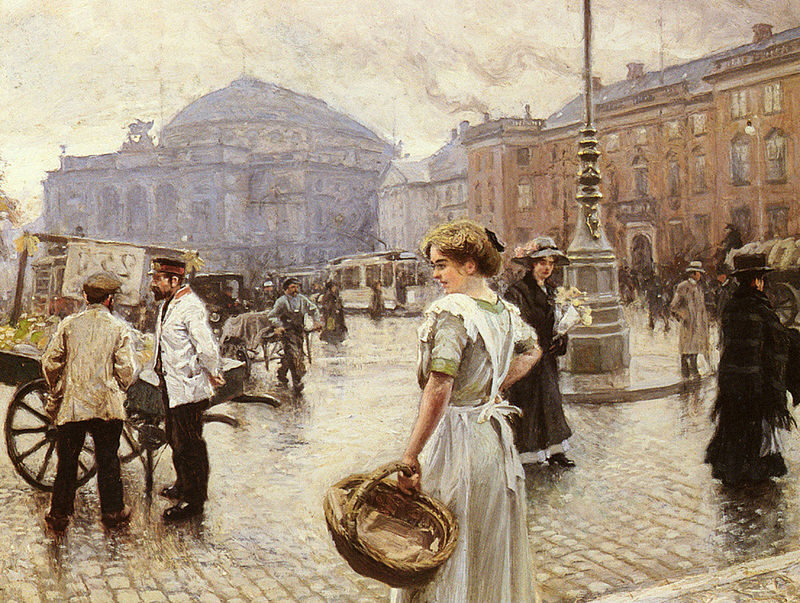
A View of Kongens Nytorv, 1911, by Paul Fischer
His paintings have been exhibited at Charlottenborg, Denmark’s premier exhibition venue, both during his lifetime and posthumously. These exhibitions helped cement his reputation as a master of urban scenery.
Fischer’s art also gained recognition beyond Denmark’s borders. Collections in Poland and Norway display his works, with the King of Norway reportedly acquiring several pieces for the royal collection.
Many museums organize special exhibitions dedicated to Fischer’s Copenhagen scenes, drawing attention to his unique ability to capture the city’s atmosphere and daily life.
Impact sur l'art danois
Fischer developed a distinctive style that influenced subsequent generations of Danish painters. His realistic approach to urban landscapes created a new appreciation for everyday scenes.
Unlike contemporaries such as Laurits Tuxen who focused on more formal subjects, Fischer brought attention to ordinary people and street life. This democratic approach to subject matter helped broaden the scope of Danish art.
His technical skill in portraying light, particularly in winter scenes, established new standards for atmospheric effects in painting.
Fischer’s work bridges traditional academic painting and modern sensibilities, creating a visual record of Denmark during a time of significant social change.
Oil Painting Reproductions and Commercial Art
Fischer’s commercial work included designs for posters and advertisements that brought his artistic sensibility to a wider audience. His commercial pieces helped elevate the standard of graphic design in Denmark.
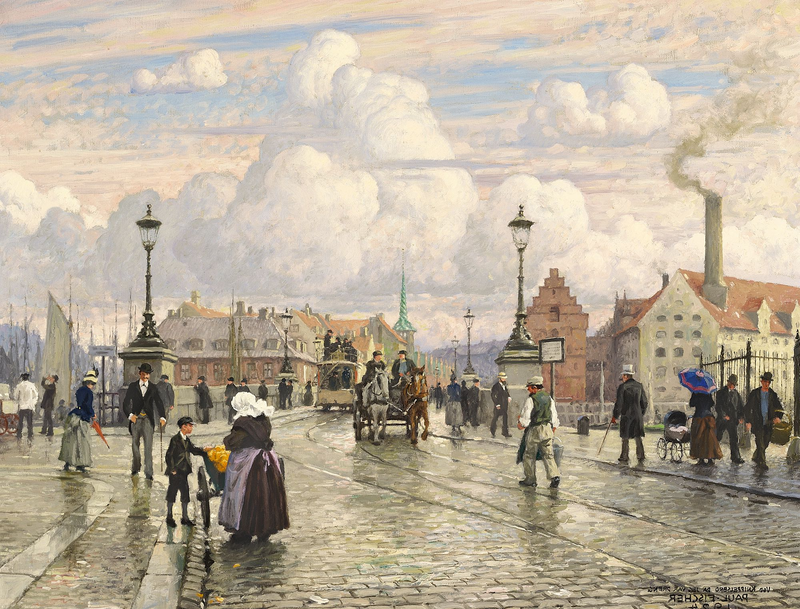
Scene from Knippelsbro (1924), by Paul Fischer
His paintings of “The Artist’s Wife” and the “Concert Singer” became particularly popular as reproductions. These images featuring Dagny Gronneberg and other subjects continue to be reproduced as prints and postcards.
Fischer embraced the emerging medium of photography, using it both as reference material and as a way to market his paintings.
His distinctive color palette and composition style made his work easily recognizable, helping establish his commercial success during his lifetime and ensuring his continued popularity today.
Questions fréquemment posées
Paul Gustav Fischer was a renowned Danish painter whose career spanned the late 19th and early 20th centuries. His distinctive style and subject matter have prompted many questions about his artistic legacy and contributions to art history.
What is Paul Fischer most known for in his painting career?
Paul Gustav Fischer (1860-1934) is most known for his realistic depictions of city life, particularly street scenes in Copenhagen. He captured the daily activities of urban dwellers with remarkable detail and authenticity.
His paintings often featured well-dressed citizens, horse-drawn carriages, and the architectural beauty of Danish cities. Fischer also became known for his idyllic beach scenes and figurative works.
The artist’s ability to convey the atmosphere and character of a location made his city views particularly sought after.
During which art period did Paul Fischer primarily produce his works?
Fischer produced most of his works during the late Realist period extending into early Modernism. His career spanned from the 1880s through the early 1930s.
While many of his contemporaries embraced Impressionism and later movements, Fischer maintained a more traditional realist approach. His style remained consistent throughout his artistic career.
He worked during a time of significant transition in European art, though his work maintained classical elements rather than embracing the avant-garde movements of his era.
Can you name some of the most notable artworks created by Paul Fischer?
Among Fischer’s most notable works are his scenes of Kongens Nytorv (The King’s New Square) in Copenhagen. These paintings showcase his talent for capturing city life and urban landscapes.
His beach scenes at Hornbæk, depicting elegantly dressed bathers and seaside visitors, represent another important part of his artistic output.
Fischer’s paintings of Copenhagen in winter, with snow-covered streets and bundled pedestrians, are particularly prized for their atmospheric quality.
How has Paul Fischer’s work influenced modern art?
Fischer’s detailed documentation of urban life provides an important historical record of Copenhagen around the turn of the century. His work influenced later Danish painters who focused on city scenes.
His straightforward, accessible style helped maintain public appreciation for representational art during a period when more abstract styles were gaining prominence.
Modern artists depicting urban scenes sometimes reference Fischer’s work for its authentic portrayal of city life and human interaction in public spaces.
Are there any prominent museums or galleries where Paul Fischer’s art is displayed?
Fischer’s works are prominently displayed in several Danish museums, including the National Gallery of Denmark (Statens Museum for Kunst) in Copenhagen. This institution houses a significant collection of his city scenes.
The Hirschsprung Collection in Copenhagen also features important examples of Fischer’s paintings. Several other Scandinavian art museums maintain collections of his work.
International museums occasionally display Fischer’s paintings in exhibitions focused on Scandinavian art or urban scenes of the late 19th century.
What techniques and styles are characteristic of Paul Fischer’s paintings?
Fischer employed a realist technique with careful attention to detail. He particularly focused on architectural elements and period clothing. His brushwork was precise yet fluid enough to capture the movement of city crowds.
He used a bright, naturalistic color palette that accurately depicted the light conditions of different seasons and times of day. Fischer’s compositions often displayed strong perspective, drawing viewers into his city scenes.
His figures, while sometimes numerous in crowd scenes, were painted with individual character and detailed expression rather than as generic elements.

